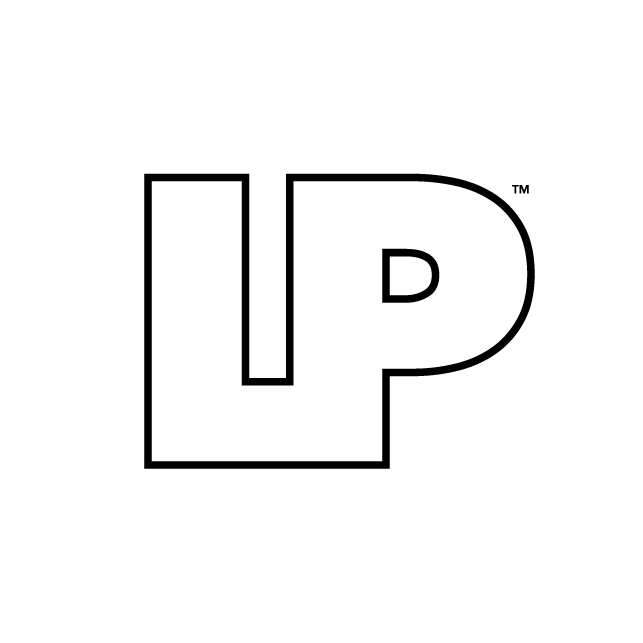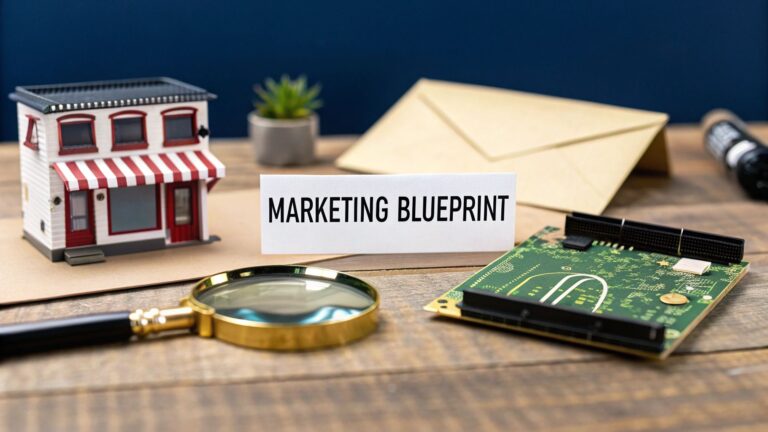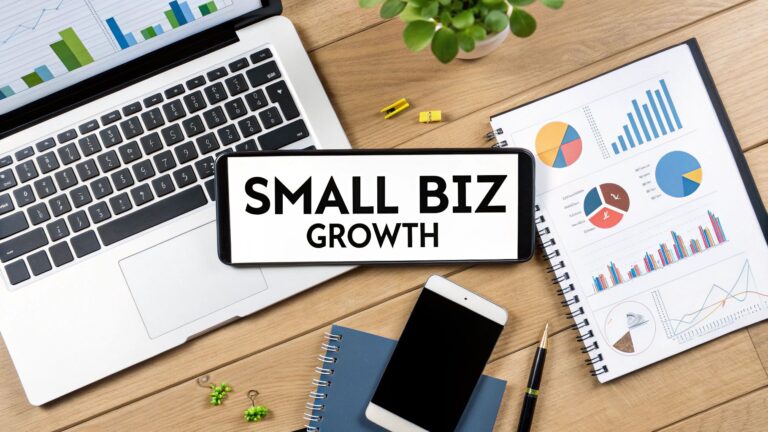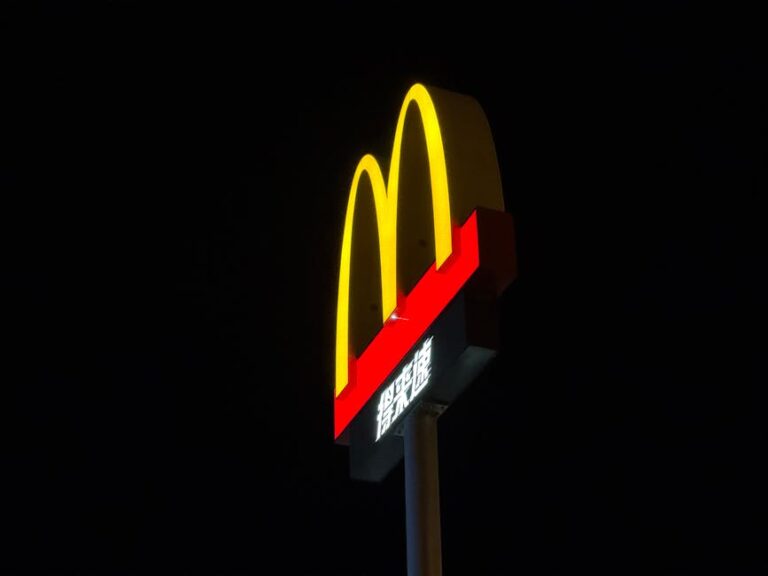Why Facebook Ads Are the Ultimate Growth Engine for Franchise Marketing
Facebook’s ad platform remains the single best place for franchisors to find new owners and drive local sales—without juggling several marketing channels. With 269 million monthly active users in the US + Canada alone, you have immediate access to both potential franchisees and neighborhood customers in one dashboard. This dual capability is what makes it uniquely powerful for franchise systems.
Key benefits at a glance:
- Hyper-local reach – Serve ads to anyone inside a tight radius around each store. Using location targeting, you can pinpoint users within a specific zip code or draw a 1- to 5-mile radius around a physical address, ensuring your local marketing budget is only spent on people who can actually visit that location.
- Instant scale – Control campaigns for dozens or even hundreds of locations from a single ad account. This centralized control allows corporate marketing teams to maintain brand consistency, manage overarching budgets, and push proven ad templates to all franchisees, who can then add their own local flavor.
- Lead costs that make sense – The North American market is mature and valuable. US/CA users deliver an average $48.85 in advertising value compared to just $9.62 globally. This means your ad spend is working harder to reach high-intent individuals, whether they’re prospective franchisees with capital or local customers ready to buy.
- Advanced audiences – Move beyond basic demographics. Tap into powerful tools like Custom Audiences (built from your existing customer or lead lists) and Lookalike Audiences (which find new people who mirror the traits of your best franchisees or customers) to dramatically cut wasted ad spend.
- One platform, two goals – Recruit high-value franchisees and promote local store offers without switching tools or platforms. This integrated approach allows you to build brand equity at the national level while simultaneously driving measurable foot traffic at the local level.
Despite the iOS privacy shake-ups, Meta still generated $135 billion in ad revenue during 2022 and is forecast to top $200 billion by 2026—proof that results are still flowing for brands that know how to adapt. The key is leveraging the platform’s sophisticated tools to work smarter in a privacy-conscious world.

Why Facebook Is Still a Goldmine for Franchise Growth
Is Facebook “dead” for marketing? Hardly. User counts continue to rise, and the audience perfectly overlaps with the typical franchise buyer: 64% of US franchise owners are over 40, mirroring Facebook’s core age distribution. It’s not just about being present; it’s about leveraging the platform’s inherent strengths for franchise development and local marketing.
The platform helps franchisors in four big ways:
- Brand awareness that reaches millions for pennies per impression. Compared to the high costs of television, radio, or print, Facebook allows you to get your brand story in front of a massive, targeted audience for a fraction of the price. This is crucial for building recognition in new expansion territories.
- Quality web traffic to your franchise opportunity pages. You can move beyond passive brand building and actively drive high-intent individuals to your website. By targeting users based on their interests (e.g., entrepreneurship, investing) and behaviors, you ensure the traffic you’re paying for is composed of people genuinely interested in your offer.
- Actionable insights about what investors and customers really want. Facebook’s Ads Manager is a treasure trove of data. You can see which ad creatives resonate most, which headlines drive clicks, and the demographic makeup of your most engaged audiences. These insights can and should inform your entire marketing strategy, both online and off.
- Lower costs than broadcast, print or trade-show advertising. A single trade show can cost tens of thousands of dollars in booth fees, travel, and materials, with no guarantee of qualified leads. A well-optimized Facebook campaign can generate a steady stream of qualified franchisee applications for a predictable and scalable monthly budget.
Myth-busting in 60 seconds
- “iOS updates killed targeting.” This is the most common misconception. Meta responded with powerful server-side tracking solutions like the Conversions API and Aggregated Event Measurement, which we’ll cover later. Smart advertisers have adapted and are thriving.
- “Business owners aren’t on Facebook.” They absolutely are. They might be researching competitors, connecting with local groups, or simply unwinding after a long day. They scroll their news-feed just like everyone else, providing a prime opportunity to reach them in a more relaxed context.
- “Facebook ads don’t work anymore.” The data proves otherwise. Advertisers wouldn’t be on pace to spend over $200 billion by 2026 if the platform didn’t deliver a return on investment. The problem isn’t the platform; it’s outdated strategies.
Why multi-location brands win
Facebook was built for scale. Using Meta Business Suite, a franchisor can manage a parent page and connect dozens or hundreds of individual store location pages. Corporate can push brand-safe ad templates and audiences; individual owners can then be granted permission to run local promotions with pre-approved creative. Budgets can be allocated from a central account or managed locally. This structure of central oversight + local flavor is the holy grail of franchise marketing, eliminating the need for expensive and disconnected media buys.
Blueprint for Success: Planning Your Franchise Ad Strategy
Jumping into Ads Manager without a plan is like opening a store with no inventory. A successful franchise advertising strategy is built on clarity and focus. Start by choosing one primary objective per campaign. In franchise marketing, your goals will almost always fall into one of three categories:
- Franchisee recruitment – These campaigns are about selling a business opportunity and a lifestyle. The messaging must focus on ROI, financial independence, work-life balance, and the support system your franchise provides. The audience is narrower and the sales cycle is longer.
- Local customer acquisition – These campaigns are about driving immediate sales at the store level. The messaging is direct, often featuring a specific offer (e.g., “Buy One, Get One Free Pizza This Week!”), highlighting convenience, or promoting a new menu item. The goal is to get people in the door or ordering online today.
- Brand awareness – This objective is best used when entering new markets where your brand has little to no recognition. The goal isn’t an immediate sale or lead, but to build familiarity and stay top-of-mind so that when you do launch recruitment or sales campaigns, you aren’t starting from zero.
Each goal requires its own dedicated campaign, complete with a unique budget, creative assets, and key performance indicators (KPIs). For recruitment, you’ll focus on Cost Per Lead (CPL) and, more importantly, Cost Per Qualified Application. For local sales, Return on Ad Spend (ROAS) is king. You can learn more from Meta about choosing the right ad objective for your campaign.
Franchisee vs. Customer Campaigns at a Glance
| Recruitment | Local Sales | |
|---|---|---|
| Audience | Entrepreneurs, investors | Consumers near each store |
| Primary KPI | CPL, qualified apps | ROAS, store visits |
| Geo Target | Region or nationwide | 1–5 mi. radius |
| Ad Types | Lead ads, testimonials | Image/video offers |
Build a Simple Three-Stage Funnel
Most franchise buyers need 6–18 months to research and commit. A structured funnel is essential to guide them through this journey.
- Awareness (Top of Funnel) – Introduce the opportunity without a hard sell. Use video ads to share the founder’s story or a “day in the life” of a successful franchisee. Promote blog posts about the industry’s growth. The goal here is to capture attention and educate.
- Consideration (Middle of Funnel) – Now that they’re aware of you, offer something of value in exchange for their contact information. This is where lead magnets like a downloadable “Franchise Information Kit,” an ROI calculator, or an invitation to an informational webinar come in. Run these using Lead Generation or Conversions objectives.
- Decision (Bottom of Funnel) – This is where you retarget the leads you’ve generated. Show them powerful testimonials, detailed case studies, and direct invitations to book a findy call, attend a virtual tour, or join a “find a day” event. Your goal is to build trust and create urgency to seal the deal.
Mastering Targeting, Formats and Execution
Facebook’s real power is its targeting toolbox. To maximize your budget and reach the right people, approach your audience strategy in this specific order of priority:
- Custom audiences – These are your warmest audiences and your most valuable asset. Start by uploading your CRM lists of existing franchisees, past applicants, or customers. You can also create custom audiences from people who have visited your website, watched your videos, or engaged with your Facebook/Instagram page. These people already know you, so they are most likely to convert.
- Lookalikes – Once you have a strong Custom Audience (e.g., a list of your top-performing franchisees), ask Facebook to build a Lookalike Audience. The algorithm will analyze the thousands of data points associated with your source audience and find new people across the country who share those same characteristics. Start with a tight 1% Lookalike and expand to 2-5% as you scale.
- Interests/behaviors – If you have limited first-party data, you can use interest and behavior targeting. For franchisee recruitment, this could include interests like “Franchising,” “Entrepreneurship,” or followers of publications like Inc. Magazine. For local customers, you can target based on interests relevant to your industry (e.g., “fast casual restaurants”).
- Broad – With modern tracking like the Conversions API, sometimes the best approach is to go broad. Define only the essential demographics (age, location) and let Meta’s algorithm do the heavy lifting. It will use your conversion data to find the right users automatically.
Keep location targeting tight for customer ads (a 1–5 mile radius is standard) and broader for recruitment (targeting entire states, regions, or nationwide).
Pick the Right Ad Format
- Video – Video consistently delivers the highest engagement. Use it for franchisee testimonials, founder stories, and behind-the-scenes tours. Keep it short and vertical for Reels/Stories and use longer formats for in-feed placements.
- Carousel – Perfect for showcasing variety. Use the multiple cards to display different menu items, highlight several key benefits of your franchise system, or walk a prospect through the steps of the application process.
- Lead ads – The ultimate tool for frictionless recruitment. These ads open a native form within Facebook that’s pre-populated with the user’s profile information (name, email). This minimizes effort and maximizes submission rates. Add custom qualifying questions (e.g., “What is your available capital for investment?”) to improve lead quality.
- Collection – This format creates an instant, full-screen storefront experience when tapped. It’s ideal for product-focused franchises or multi-unit concepts wanting to showcase a full range of offerings without forcing the user to leave the app.
Start with two to three distinct creative concepts and split-test the core elements—the headline, the primary text, the image/video, and the call-to-action. Once you identify a clear winner, allocate more budget to it and scale.
Refine and Conquer: Optimization in Practice
Launching a campaign is just the beginning. Disciplined optimization is what separates failing campaigns from scalable growth engines. Give every new ad set 7–14 days to exit the initial “learning phase,” during which Meta’s algorithm is exploring the best way to deliver your ads. Don’t make significant changes during this time.
After the learning phase is complete, follow these simple rules:
- Pause underperformers: If an ad set’s Cost Per Lead (CPL) or Return On Ad Spend (ROAS) is more than 30% above your target goal after the learning phase, pause it. It’s not working.
- Scale winners carefully: When you find a winning ad set, don’t just double the budget overnight. Duplicate the ad set and raise the budget on the new one, or increase the original budget by no more than 20% every 48 hours to avoid resetting the learning phase.
- Combat ad fatigue: Monitor your ad frequency metric. If it creeps above 4 (meaning the average user has seen your ad four times), it’s time to refresh the creative. Ad fatigue leads to higher costs and lower performance.
Retargeting is non-negotiable for a long sales cycle like franchisee recruitment:
- Website visitors in the last 30-90 days (especially those who visited the franchise opportunity page).
- Video viewers who watched at least 50% of your key testimonial or explainer videos.
- Users who started filling out a lead form but didn’t submit.
- Anyone who has engaged with your Facebook or Instagram page (liked, commented, shared, saved).
Working With Privacy Changes
Post-iOS 14, relying solely on the Facebook Pixel is not enough. To ensure accurate tracking and optimization, you must implement Meta’s modern infrastructure.
- Configure Aggregated Event Measurement (AEM): This is Meta’s protocol for tracking web events from iOS 14.5+ users. You’ll need to verify your domain and then prioritize your top eight conversion events. For recruitment, your #1 event should be “Submit Application” or “Lead.”
- Implement the Conversions API (CAPI): This is the most critical step. The Conversions API creates a direct, server-to-server connection between your data (from your CRM, website backend, or POS system) and Meta. It works alongside the Pixel to create a more reliable and complete picture of conversions, as it’s not affected by browser ad blockers or cookie settings. For franchisors, this means you can pass back data on which leads became qualified applicants or even final franchisees, allowing Meta to optimize for true business value.
- Leverage First-Party Data: CAPI allows you to feed your valuable first-party data back to Meta. By uploading your CRM data weekly, you can build incredibly powerful Custom Audiences and train the algorithm on what your best leads look like, leading to smarter targeting and lower costs.
When you combine a robust CAPI setup with value-based optimization, you can confidently use broader targeting and let the algorithm find high-intent users for you, even with less granular data from browsers.
Frequently Asked Questions
How much should a franchisor budget for Facebook ads?
There’s no magic number, but a good starting point is to think in terms of data acquisition. For a national franchisee recruitment campaign, a budget of $100–$200 per day is typically enough to generate statistically significant data within two weeks, allowing you to make informed decisions. For local customer campaigns, you can start as low as $25-$50 per day per location. The key is to start with a test budget you’re comfortable with, establish a baseline CPL or ROAS, and only scale the budget once you have a proven, profitable campaign.
How do we track success beyond clicks and leads?
True success is measured by its impact on your bottom line. This requires connecting your ad data to your business outcomes. For recruitment, the funnel is: Cost Per Lead (CPL) → Cost Per Qualified Application → ultimately, Cost Per New Franchisee Signed. For local customers, it’s: Return On Ad Spend (ROAS) → Cost Per New Customer → Customer Lifetime Value (LTV). Achieving this level of visibility requires integrating Facebook’s API with your CRM (like Salesforce or HubSpot) and, for local sales, your Point-of-Sale (POS) system. This closes the loop and provides full attribution.
Can individual franchisees run their own ads?
Yes, and they should be empowered to do so—but within a centrally managed corporate structure. The best approach is to use Facebook Business Manager to grant franchisees limited access to the corporate ad account. You can provide them with pre-approved ad templates, shared audiences (like Lookalikes built from system-wide data), and a shared, correctly configured Pixel. This ensures they adhere to brand guidelines and prevents multiple franchisees from bidding against each other in the same auction, which drives up costs for everyone.
What is the Facebook Conversions API (CAPI) and why is it essential?
The Conversions API (CAPI) is a tool that creates a direct and reliable connection between your marketing data (from your server, website platform, or CRM) and Meta’s systems. Think of it as a secure data pipeline that works in tandem with the Facebook Pixel. While the Pixel can be blocked by browser settings or ad blockers, CAPI is a server-side connection, making it much more robust. For franchisors, it’s essential because it allows for more accurate conversion tracking, better ad personalization, and higher-quality Lookalike Audiences, all of which are critical for finding both new franchisees and local customers in a privacy-first digital landscape.
Conclusion
Facebook advertising lets franchisors recruit owners and fill local stores from the same screen—provided you have clear goals, disciplined testing and data-driven optimization. When you’re ready to turn Meta into a predictable growth engine, Latitude Park can help.
Ready to scale? Get help with High Performance Meta Ads.









